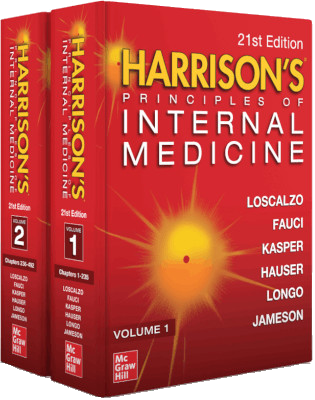
Multiple Risk Factors in Cardiovascular Disease
Springer (Verlag)
978-94-010-6108-7 (ISBN)
I. Plasma Lipids and Lipoproteins.- New Insights into the Role of HDL in the Development of Cardiovascular Disease.- Mechanisms of the Hypolipidemic Action of Fibrates.- Lipid Lowering Drugs and the Arterial Wall.- Perspectives on Lipid-Lowering Therapy: Past and Present.- II. Coagulation, Fibrinolysis, and Platelet Inhibition.- Role of the Fibrinolytic and the Coagulation System in the Formation and Disorders of Blood Vessels.- Evolving Understanding of Coronary Thrombosis and New Insights into Therapeutic Strategies.- Platelet Activation and Carotid Arterial Atherothrombosis.- III. Emerging Risk Factors for Cardiovascular Disease.- Tissue Factor and the Regulation of Arterial Thrombosis.- Fibrinogen: Risk Factor or Risk Marker?.- PAI-1 and the Risk of Cardiovascular Disease.- Plasma Homocyst(e)ine [H(e)] and Arterial Occlusive Diseases: Gene-Nutrient Interactions.- IV. Risk Factors and Intervention: National Initiatives.- The Role of Social and Psychoemotional Factors in the Development of Cardiovascular Disease: The Experience in Eastern European Countries.- European Action on Secondary Prevention.- Cardiovascular Risk Factors in Normotensive and Hypertensive Egyptians: Preliminary Results, Egyptian National Hypertension Project (NHP).- V. LDL Oxidation, Antioxidants, and Atherosclerosis.- Lipid Deposition and Oxidation in the Evolution of the Atherosclerotic Lesion: Lessons Learned from Hypercholesterolemic Animal Models.- Oxidative Modification of LDL and Atherogenesis.- Dietary Antioxidants and Cardiovascular Disease.- Is “Antioxidant Status” a Risk Factor?.- VI. Diabetes.- Diabetes and Atherosclerosis: Risk Factors and Clinical Trials.- Insulin Resistance: What, Why, and How.- Diabetes.- Dyslipidemia, Diabetes, and Cell Adhesion Molecules.- Novel TherapeuticApproaches to Insulin Resistance/Diabetic Dyslipidemia.- VII. Genetic Determinants of Cardiovascular Disease.- Hypertension and Thrombosis, Genetic Determinants of Cardiovascular Disease.- Lipoproteins and Cardiovascular Risk. From Genetics to Prevention of Coronary Heart Disease.- Obesity and Diabetes.- Clustering of Cardiovascular Risk Factors.- VIII. Inflammation and Cardiovascular Disease.- Neutrophil-Endothelial Cells Cooperation in the Handling of Leukotrienes: Role in Coronary Inflammation.- Integrin Expression and Macrophage Resistance to Apoptosis in Atherosclerosis.- IX. From Cholesterol to Cardiovascular Events, Where is the Bridge?.- Effect of Statins Beyond Lowering Cholesterol: Where Do We Stand?.- Lessons from Clinical Trials: LCAS and Other Studies.- Improving the Cost Effectiveness of Lipid Lowering Therapy in Coronary Heart Disease Prevention.- X. Lifestyle and Cardiovascular Disease.- Diet and Cardiovascular Disease.- Alcohol and Coronary Heart Disease: A Comparison of Ecologic and Non-Ecologic Studies.- Preventing Cardiovascular Disease: Effective Smoking Cessation Strategies for the Busy Clinician.- XI. Multiple Risk Factors and Cardiovascular Disease.- Risk Factors for Cardiovascular Disease and the Endothelium.- Epidemiology of Risk Factor Clustering in Elevated Blood Pressure.- Hypertension and Coronary Heart Disease Risk Factor Management.- Global Risk Management: New Strategies for Implementation.- XII. Cardiac Failure.- Sudden Cardiac Death in Heart Failure.
| Reihe/Serie | Medical Science Symposia Series ; 12 |
|---|---|
| Zusatzinfo | XVII, 371 p. |
| Verlagsort | Dordrecht |
| Sprache | englisch |
| Maße | 160 x 240 mm |
| Themenwelt | Medizinische Fachgebiete ► Innere Medizin ► Diabetologie |
| Medizinische Fachgebiete ► Innere Medizin ► Kardiologie / Angiologie | |
| ISBN-10 | 94-010-6108-4 / 9401061084 |
| ISBN-13 | 978-94-010-6108-7 / 9789401061087 |
| Zustand | Neuware |
| Haben Sie eine Frage zum Produkt? |
aus dem Bereich


